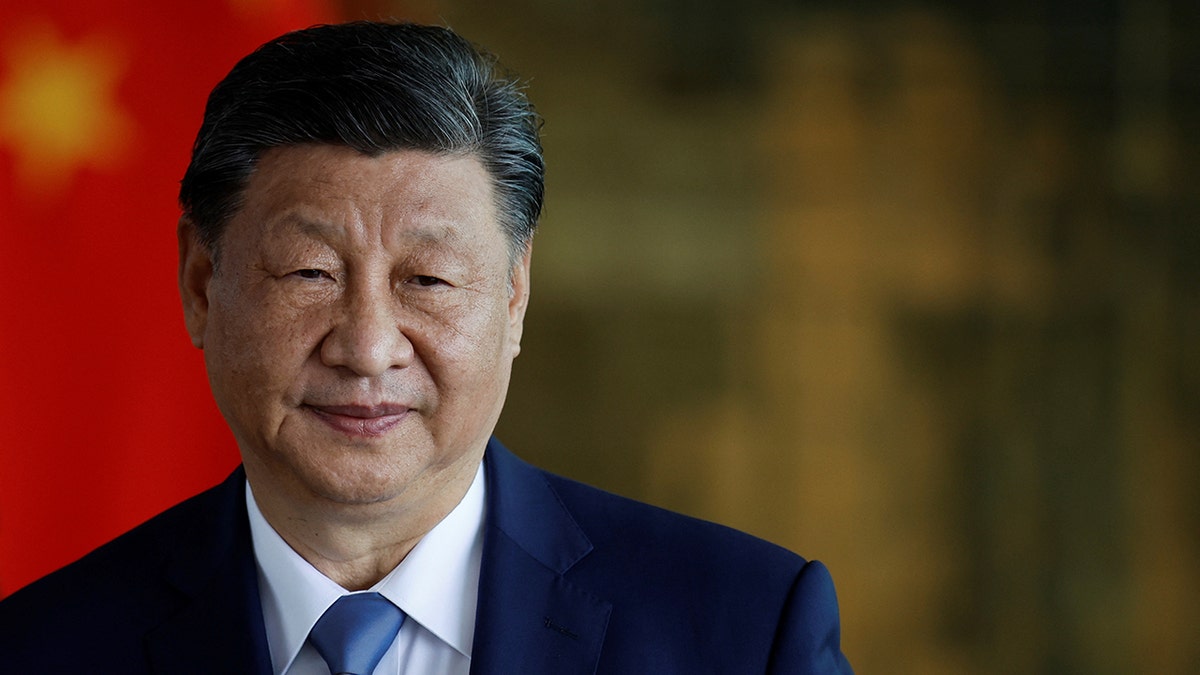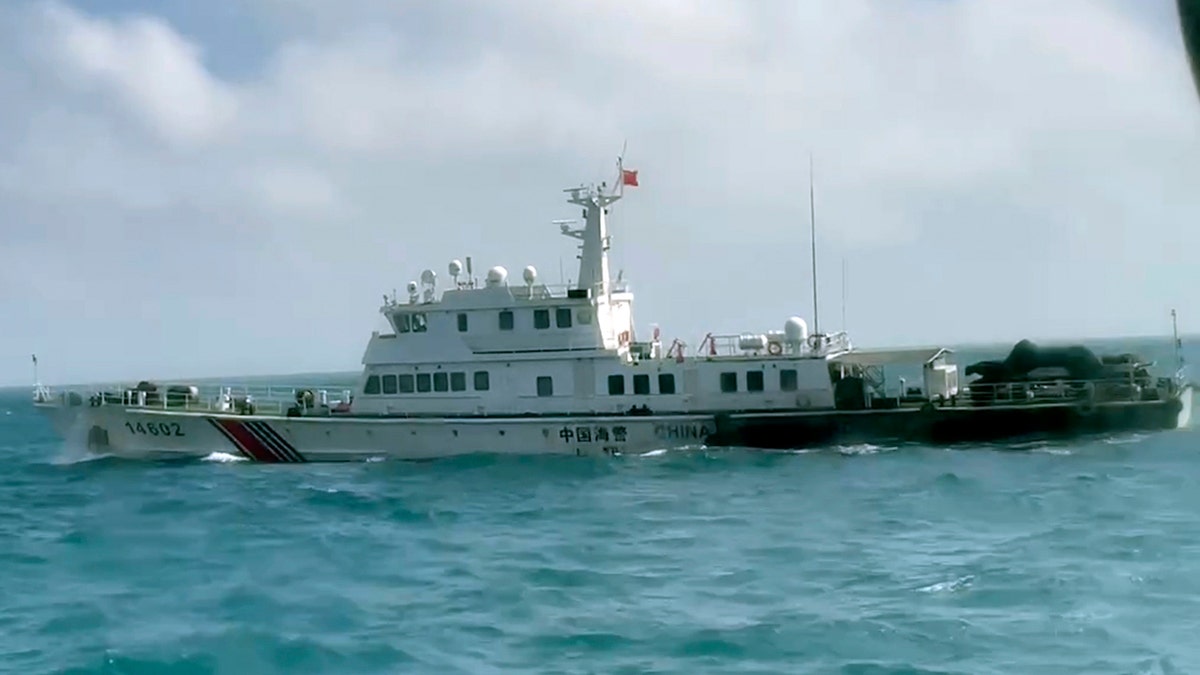newYou can listen to Fox's news articles!
US Secretary of Defense Pete Hegses issued a harsh warning on Saturday at the Shangri-La Dialogue Security Conference in Singapore. The Chinese military is “rehearsing for reality,” and a full-scale Taiwanese invasion is “immediate.”
“We're not going to sugar coat it. The threat poses by China is real,” he added.
China launches large-scale military training around Taiwan and issues “severe warnings”
Beijing quickly rejected the allegation. Admiral Hu Gangfeng, head of the Chinese delegation and vice-president of China's National Defense University, has called “unfounded accusations,” and says “some of the claims are fully manufactured, some are distorted facts, and in the case of thieves screaming at thieves.”
Taiwan's National Security Council Secretary-General Joseph Wu, Taiwan's President William Lai and Taiwan's Minister of Defense Wellington Ku will take photos with soldiers as they visit the military during a rapid response exercise at Songshan Military Air Base in Taipei on March 21, 2025. (Photo by I-HWA Cheng/AFP via Getty Images)
Many indicators draw this conclusion. This is 9:
1. China has strengthened the movement of the joint ocean and air surrounding Taiwan. This includes rehearsals that simulate blockades, sieges and amphibious attacks. These drills closely reflect the operational strategies that are likely to be adopted in actual invasions, and are widely interpreted by analysts as concrete signals of willingness to use Beijing's power.
2. The People's Liberation Army (PLA) has deployed H-6 bombers that can provide nuclear payloads in front posts such as Woody Island in the South China Sea. These platforms will greatly expand China's strike capabilities and serve as a strategic message for both Taipei and Washington.

Chinese President Xi Jinping may be planning an attack on Taiwan. (Reuters/Adriano Machad)
3. China continues to implement non-zone, non-Zenic forms of forced form, including cyberattacks on Taiwan's infrastructure, campaigns for causes and information, and illegal intrusions by maritime militia ships. These actions are below the open war threshold, but are designed to wear out Taiwan's defenses and destabilize the region.
4. According to the US Intelligence Evaluation, Chinese President Xi Jinping has directed the PLA to launch an invasion of Taiwan by 2027. No action deadlines have been confirmed, but it catalyzes PLA modernization and highlights the integration of joint forces and amphibious preparation.
5. China's strategic expansion in Latin America – attempts to influence key nodes such as the Panama Canal, particularly through belt and road investments, reflect the broader ambitions to project global power and surround US interests. These moves indirectly support Taiwan-related ambitions by diverting or expanding the US's response capabilities.
6. Recent PLA exercises incorporate civilian ferries that can transport tanks and personnel, calling for preparation for amphibious operations on Taiwan's coast. The double use of these assets allows China to hide its military accumulation by shaming civilian activities.

On Monday, October 14th, a Chinese Coast Guard boat passes near the coast of Songdo, Taiwan. (Taiwan Coast Guard/AP)
7. Beijing has strengthened its political narrative of “unification” including state-run media coverage, education reform and speeches by China's top officials. These ideological signals often precede military action in authoritarian regimes.
8, China rapidly expanded directly to the coast, across the Taiwan Strait, including new docks, runways and logistics hubs in Fujian Province. Satellite images suggest that these assets are optimized for cross-strite operations.
9. Chinese fighter jets and warships have entered Taiwan's Air Defense Identification Zone (Adiz) at an unprecedented level. In early 2025 alone, the PLA aircraft violated Taiwan's Addiz on 1,200 occasions, prompting a rise in Taipei's preparation levels.
For more information about Fox News, click here
The question of whether China will invade Taiwan is no longer a hypothesis, but rather a question of timing and risk calculations. Although Beijing continues to deny offensive intentions, the evidence peacefully suggests a sustained, deliberate military accumulation aimed at peacefully enforcing unity.
Hegseth's warnings reflect a sober assessment of escalating reality rather than alarmism. These indicators – military training, strategic deployment, political rhetoric and infrastructure mobilization are consistent with historical precedents for pre-invasion stances.
Click here to get the Fox News app
The international community must take this threat seriously. To avoid local catastrophes, strengthening deterrence, improving intelligence sharing, and strengthening Taiwan's self-defense capabilities are important. For the US and its allies, preparation is no longer an option. It is a strategic obligation.
For more information about Robert Maginnis, click here


